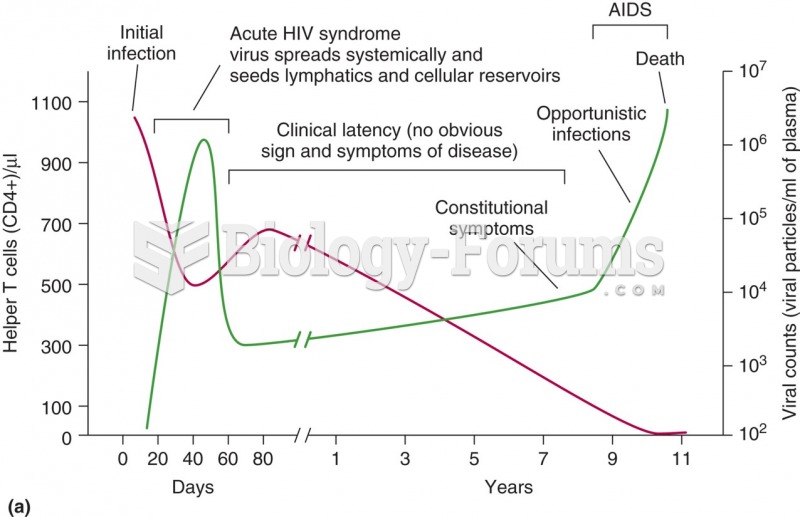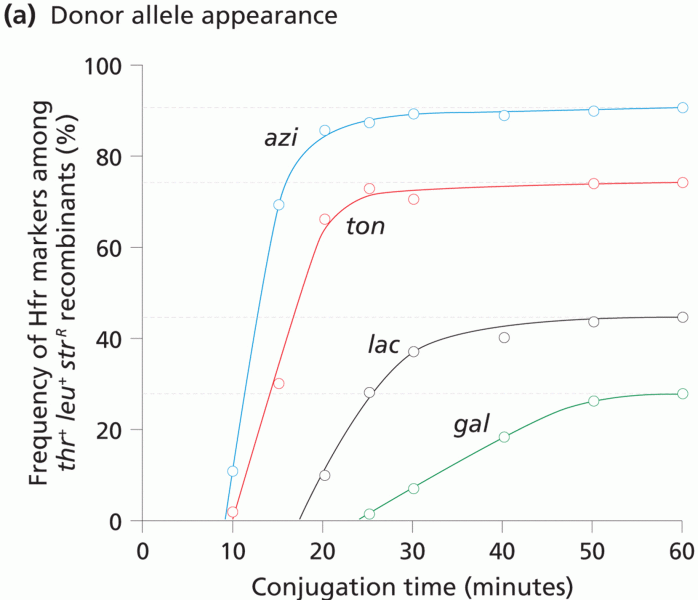|
|
|
Did you know?
In 2010, opiate painkllers, such as morphine, OxyContin®, and Vicodin®, were tied to almost 60% of drug overdose deaths.
Did you know?
Women are 50% to 75% more likely than men to experience an adverse drug reaction.
Did you know?
More than 50% of American adults have oral herpes, which is commonly known as "cold sores" or "fever blisters." The herpes virus can be active on the skin surface without showing any signs or causing any symptoms.
Did you know?
Approximately one in four people diagnosed with diabetes will develop foot problems. Of these, about one-third will require lower extremity amputation.
Did you know?
Human kidneys will clean about 1 million gallons of blood in an average lifetime.
 The relationship between number of acres a Kipsigis man owns and the number of offspring he has duri
The relationship between number of acres a Kipsigis man owns and the number of offspring he has duri
 Richmond, Virginia, lies in ruins in April 1865 at the time of Lincoln’s visit—and a few days before
Richmond, Virginia, lies in ruins in April 1865 at the time of Lincoln’s visit—and a few days before





